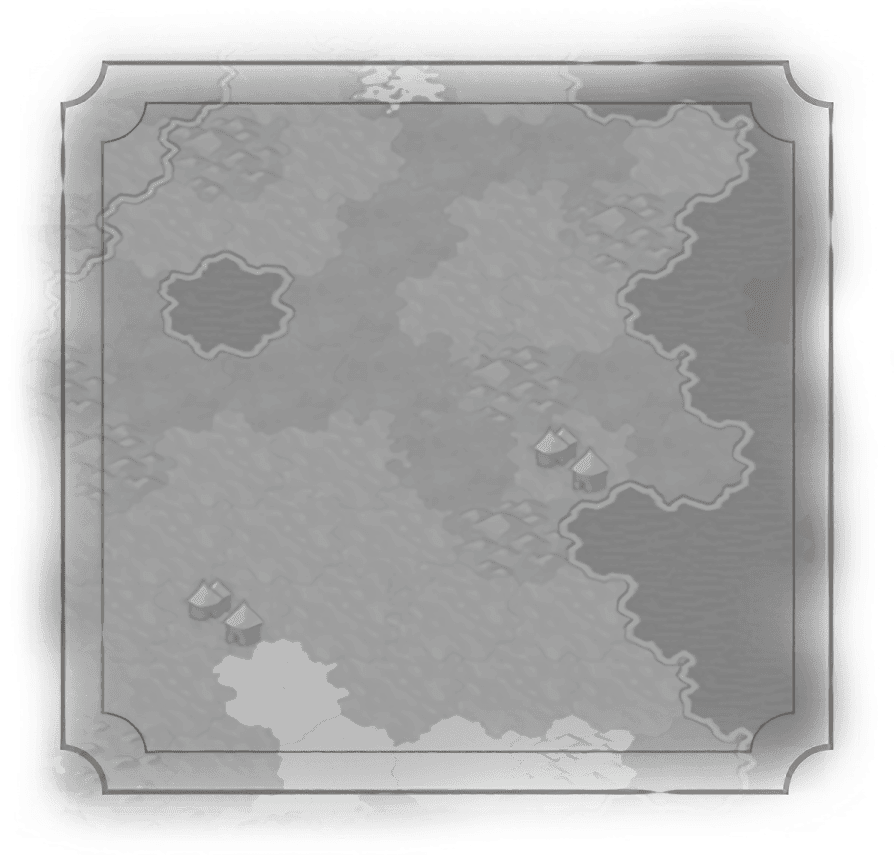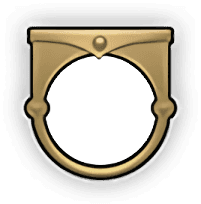Air Combat
Civilian
Land Combat
Archer
Artillery
AT Crew
Barbarian Horse Archer
Barbarian Horseman
Berserker
Bombard
Catapult
Cavalry
Conquistador
Cossack
Crossbowman
Crouching Tiger
Digger
Domrey
Eagle Warrior
Field Cannon
Gaesatae
Garde Impériale
Heavy Chariot
Helicopter
Hetairoi
Highlander
Hoplite
Horseman
Hul'che
Hwacha
Hypaspist
Immortal
Impi
Infantry
Keshig
Khevsur
Knight
Legion
Line Infantry
Llanero
Machine Gun
Malón Raider
Mamluk
Man-At-Arms
Maryannu Chariot Archer
Mechanized Infantry
Modern Armor
Modern AT
Musketman
Ngao Mbeba
Nihang
Okihtcitaw
Oromo Cavalry
Pike and Shot
Pikeman
Pítati Archer
Questing Knight
Ranger
Redcoat
Rocket Artillery
Rough Rider
Sabum Kibittum
Saka Horse Archer
Samurai
Scout
Slinger
Spearman
Spec Ops
Swordsman
Tagma
Tank
Trebuchet
Vampire
Varu
Voi Chiến
War-Cart
Warrior
Warrior Monk
Winged Hussar
Zombie
Naval Combat
Support
Heroes


The most famous quest, of course, was for the Holy Grail, the cup that is said to have captured Jesus Christ's blood as he died on the cross (at least beginning with Robert de Boron's tellings in the 12th and 13th century), though other tellings have the Grail as a Communion wafer-holder, or a stone that contains the angels who remained neutral during Lucifer's rebellion.
While the most famous knights include Galahad, the pure; Lancelot, the brave; Gawain, the mighty; and Percival, the “was-pure-before-Galahad-came-on-the-scene;” there are hundreds of others, including Kay, Bedivere, Bors, and, of course, “Sir Not-Appearing-in-this-Game.”


The most famous quest, of course, was for the Holy Grail, the cup that is said to have captured Jesus Christ's blood as he died on the cross (at least beginning with Robert de Boron's tellings in the 12th and 13th century), though other tellings have the Grail as a Communion wafer-holder, or a stone that contains the angels who remained neutral during Lucifer's rebellion.
While the most famous knights include Galahad, the pure; Lancelot, the brave; Gawain, the mighty; and Percival, the “was-pure-before-Galahad-came-on-the-scene;” there are hundreds of others, including Kay, Bedivere, Bors, and, of course, “Sir Not-Appearing-in-this-Game.”



